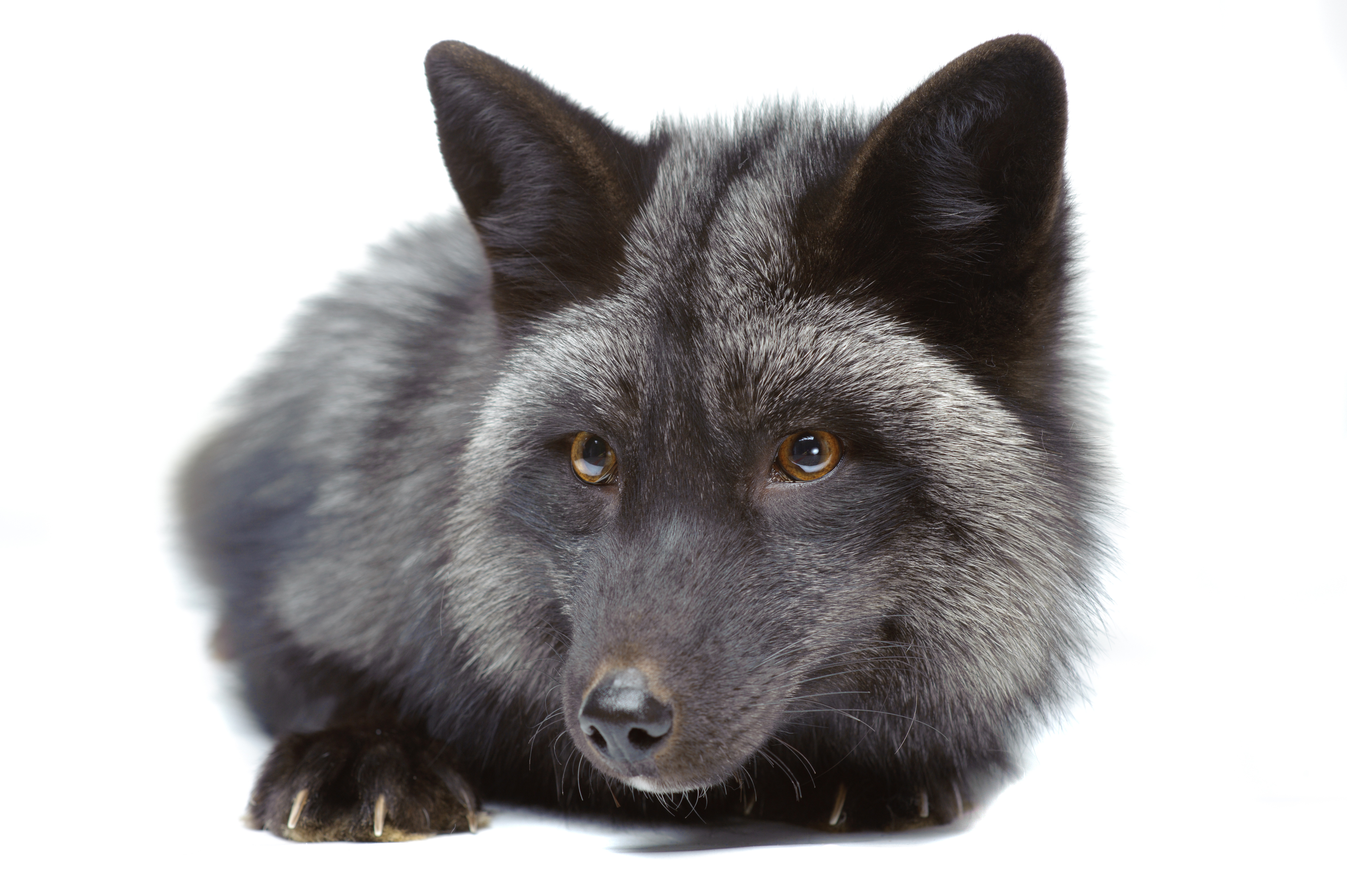Congenital deformities are not common in foxes but they are not unheard of, with dwarfism being one of the more common deformities observed. Dwarfism is a rare, inherited disorder of growth hormone deficiency in canids. If the degree of the condition does not impede the ability of the fox to live its life, they can live as long as their longer legged family members, which is an average of 4 years in the wild. However, most foxes with this condition will not survive past their first year and they can also have reproductive problems, which means they don't get the opportunity to breed very often.

The fox above has dwarfism and was photographed by Dave Milnes in Kent, 2017. The fox in the photograph below was documented 7 months prior, while in the care of South Essex Wildlife Hospital.

Dwarfism (Achondroplasia, Hypochondroplasia, Pituitary Dwarfism or Primordial Dwarfism) or skeletal dysplasia in canids is an endocrine disease in which a deficiency of growth hormone occurs and sometimes appears together with other deficiencies of hormones generated in the hypothalamus, such as TSH and prolactin. This results in dwarfism or the lack of normal growth as the months go by and the animal grows.
In addition, there are deficits of other hormones that lead to other endocrine processes, such as hypothyroidism or heat problems or atrophy of the reproduction organs. These can occur in addition to dermatological problems and secondary infections. Furthermore, dwarfism is a congenital disease, which means that the young can inherit it from their parents under what is commonly an autosomal dominant inheritance pattern in other canids.
The fox below is also suffering from dwarfism and was being taken care of by St Tiggywinkles, photographed by the wildlife charities founder, Les Stocker, prior to his passing in 2016.

Black Foxes UK have identified 5-6 individuals with dwarfism in the UK since we began recording reports of unusual foxes in 2015. The fox below was photographed by Lily Beth Paul in London, 2021. It was suffering from an extreme case of mange and was being treated by local wildlife feeders, with the assistance of a fox rescue who reported the sighting to Black Foxes UK.

The little fox below was also seen in 2021, in the same region as the fox above and was reported to Black Foxes UK by the same fox rescue as the first. Sadly, it was also suffering from several other health conditions and was humanely put sleep, to end it's suffering. It is thought to be related to the fox above.

The fox in the video below was reported to Black Foxes UK in early 2021 in Essex, after being seen several times by the cameraman, Russell Ward, who reported the sighting to us. This fox is seen on a regular basis and appears to be handling life with the condition in its stride. It's possible this is the recovered fox from the photo above, but this cannot be confirmed at this time.
Update to say: with more information, it has come to light that these are two different foxes, they are a bit too far apart to be the same fox; unless there was a rescue and release. If you know of a rescue that rehabilitated a dwarf fox, please get in touch.
As you can see from the photograph taken by Darren Naish below in 2016, dwarfism makes the red fox appear very similar in form to the well known dog breed, the daschund or 'sausage dog'.

It's not just wild European foxes that are known to suffer dwarfism either, as there are documented cases within North American fur farm fox lineages also, as seen in the video below.
Dwarfism isn't the only congenital developmental disorder the red fox can suffer from and instead of being shorter in stature, they can also be shorter in length. An even rarer deformity called short spine syndrome or baboon dog syndrome, has also been documented in this species, as seen in the photograph below, documented by Animal Feasance in 2014. Worldwide, only 30 known cases have occurred in dogs and the only known case documented in foxes is seen in the image below.

Short Spine Syndrome is a severe shortening of the vertebrae column/spinal column. The vertebrae are compressed giving the animal a short hunch back look.
In short spine syndrome, the vertebrae are compressed and they do not harden into bone like they normally would. Some of the vertebrae are even fused together which means their spines are less flexible. The neck appears to be missing, with the head is fused directly to the spine. They cannot turn their heads, instead they must swivel their entire body’s around to see what they want to see. Their backs slope down which makes them look like they have a hunch back. The tail is also affected and will look twisted and shorter than usual. The limbs will look normal but they will have a barrel chested appearance and usually have fewer ribs.
Have you ever come across a fox with a deformity? If you have, you are one of the rare few that will ever witness such an animal in person! 🦊



Happened to pick the right week for this topic. Another dwarf fox in the fox groups today! Hoping the owner will join us to give us a little more info.